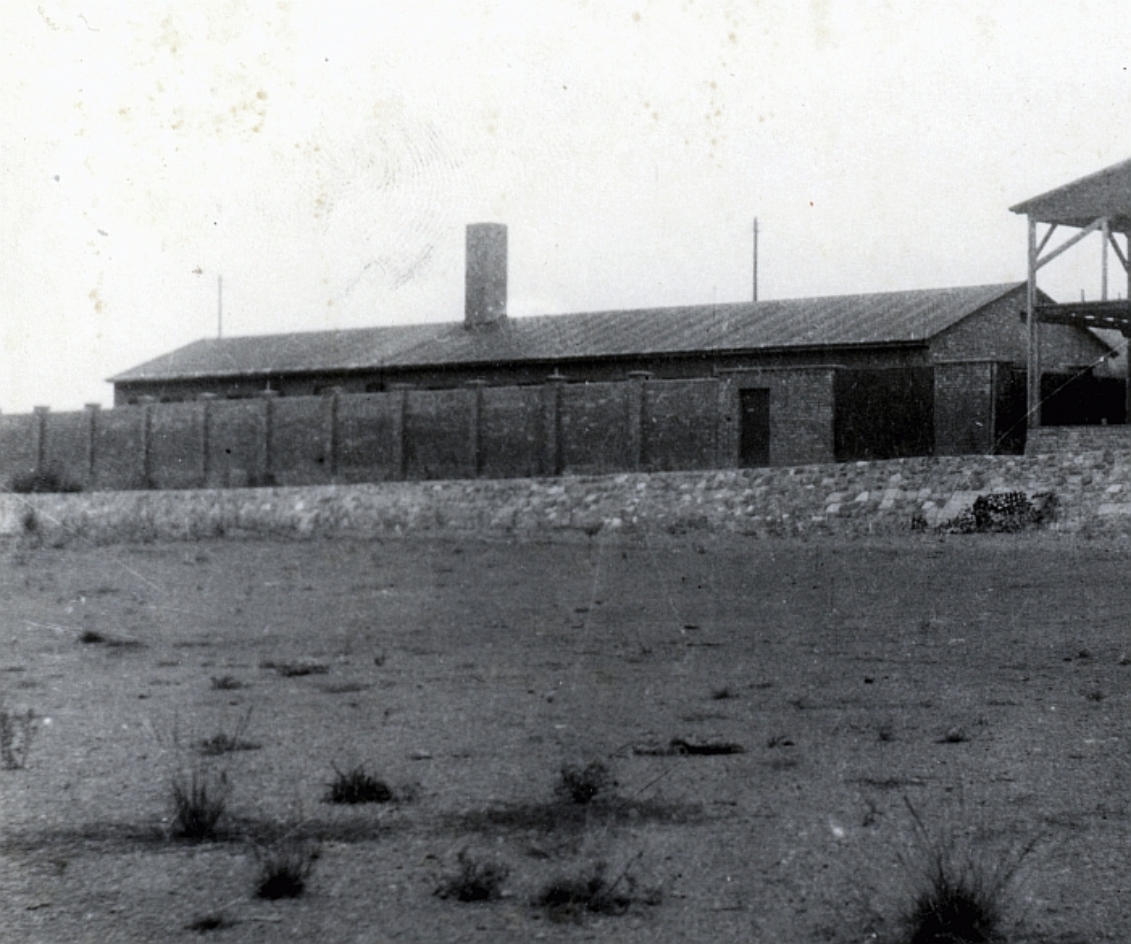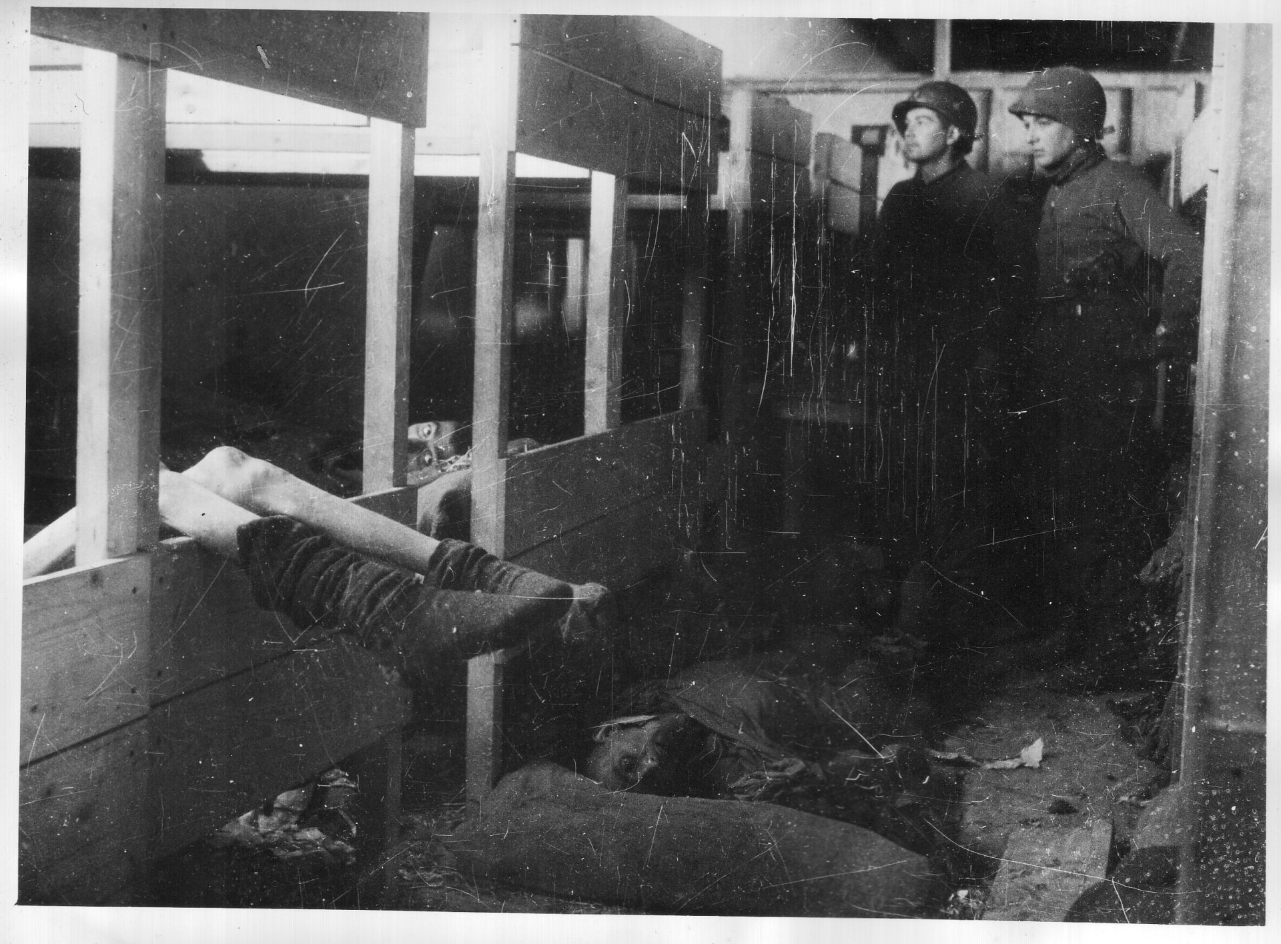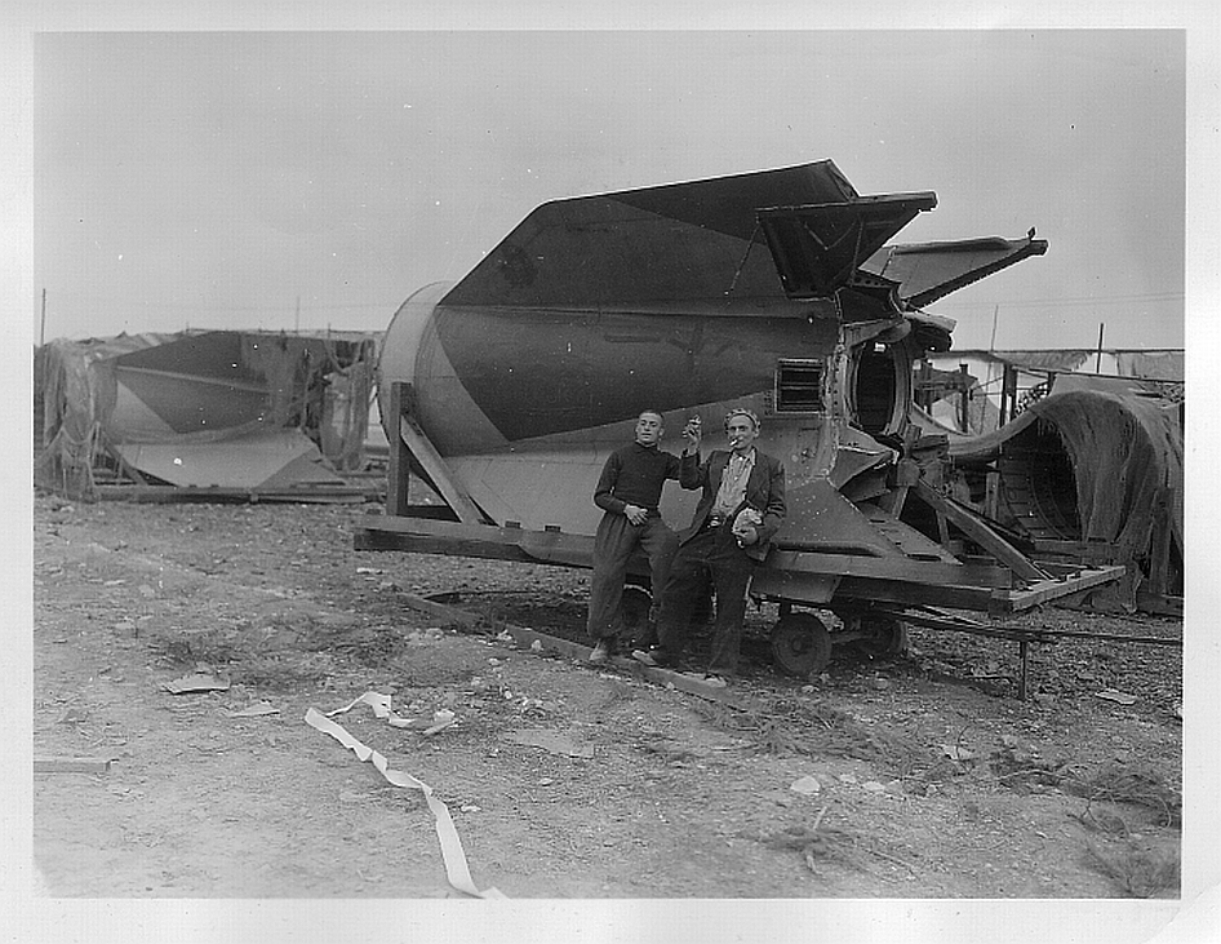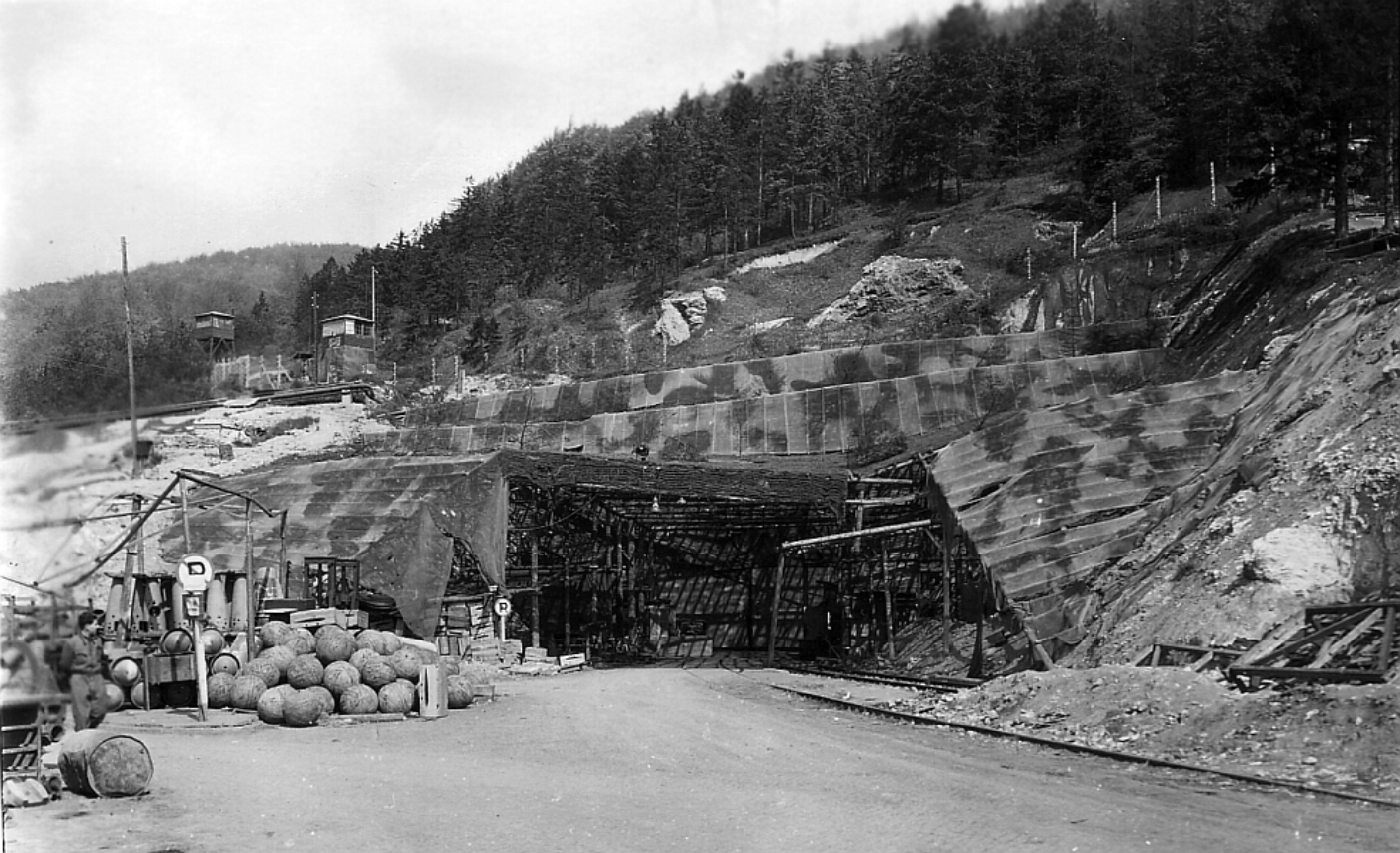



Today, the Mittelbau-Dora Memorial is located on the north-western outskirts of Nordhausen, at the foot of the Kohnstein. "Dora" was founded at the end of August 1943 as a subcamp of the Buchenwald concentration camp. A dense network of subcamps soon developed in the Harz Mountains, which were merged to form the independent Mittelbau concentration camp in autumn 1944.
After the camp was established, the inmates were housed for months in catastrophic conditions in the underground tunnels. It was not until spring 1944 that an above-ground barrack camp was built. By then, more than 5,000 inmates had already perished from hunger, murderous labour and maltreatment.
In January 1944, assembly of the V2 rockets began in the underground "Mittelwerk". At the same time, Armaments Minister Albert Speer initiated further construction projects in the region around Nordhausen. Underground aircraft factories were to be built there. In order to exploit the labour of concentration camp inmates on the construction sites, numerous
When US troops approached from the west in early 1945, the SS evacuated the Mittelbau camps. Thousands of inmates died on the evacuation transports and death marches. Only in the Dora camp and in a satellite camp in the Nordhausen Boelcke barracks did the SS leave behind a few hundred sick and dying inmates. They were liberated by American soldiers on 11 April 1945. In total, the SS deported more than 60,000 people from almost all parts of occupied Europe to the Mittelbau-Dora concentration camp between August 1943 and April 1945. At least a third of them did not survive the end of the war.
After liberation, the Dora camp initially housed liberated forced labourers and concentration camp inmates under American, and from July 1945 under Soviet administration. From autumn 1945, the camp served as accommodation for German expellees from Czechoslovakia for a year. The wooden barracks were then dismantled and all other buildings in the camp, with the exception of the crematorium, were demolished. After the dismantling of the production facilities, the Soviet military administration blew up the entrances to the tunnels. In the mid-1960s, the SED district executive in Nordhausen established the "Mittelbau-Dora Memorial". After the end of the GDR, the memorial work at Mittelbau-Dora was reorganised. Today, the focus of the work is on the historical events on site and the significance of Mittelbau-Dora as a model case of forced labour in concentration camps.
